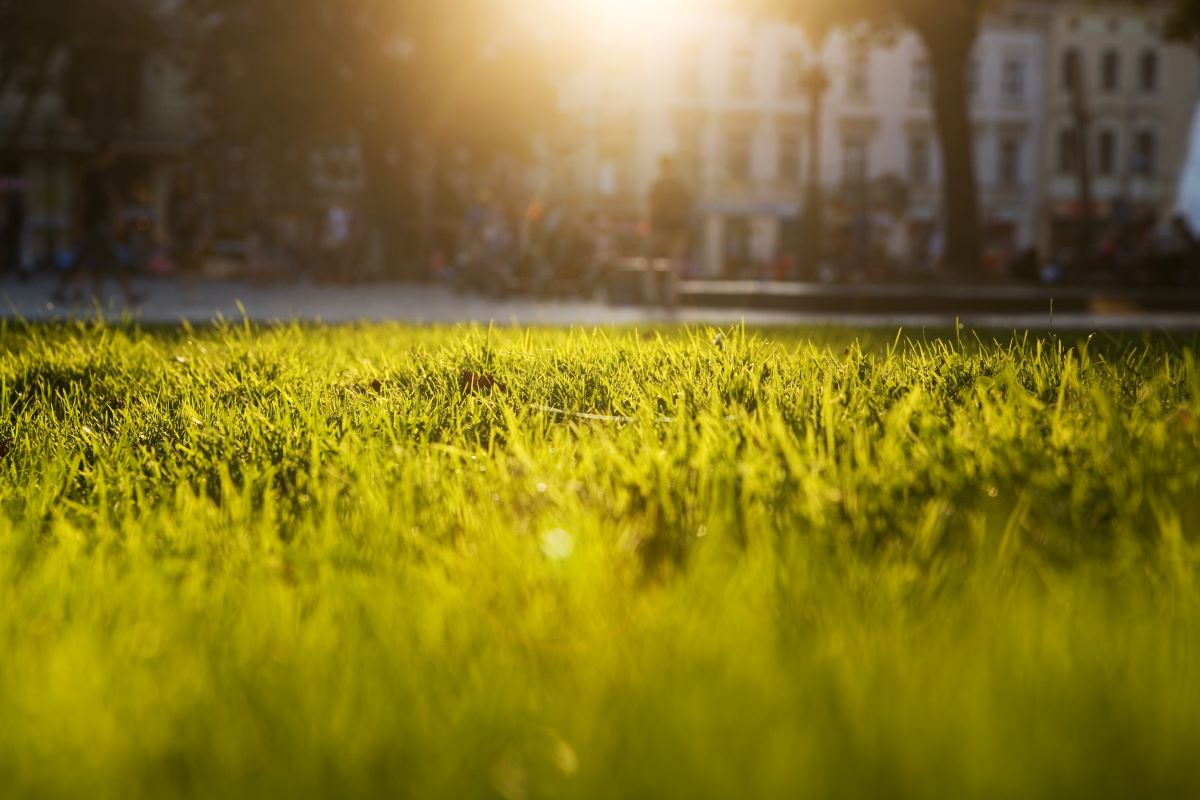
This article is part of our Strengthening Communities Through Climate Adaptation series. Each piece shares practical ideas and offers real-world strategies to help communities plan, fund and carry out climate adaptation projects that reflect their local priorities.
For many smaller communities, climate adaptation can feel out of reach and only possible with expensive engineered solutions. But the truth is, some of the most effective approaches don’t require massive infrastructure builds: They require a shift in thinking.
If your community already knows where climate impacts are hitting hardest, and you’re interested in examining how nature-based solutions can help your community cope with flooding, hotter summers, or more erosion, Adaptation in Action Feasibility Study funding can help you explore what’s possible and where to start. From bioswales and rain gardens to shoreline restoration and green roofs, there are affordable, scalable ways to adapt to climate change that are often lower-cost, easier to phase in, and more compatible with existing municipal priorities.

Natural infrastructure: The low-cost, high-impact option
Nature-based adaptation projects are often more scalable than traditional infrastructure upgrades, making them ideal for smaller municipalities looking to stretch their dollars.
If your community has already identified climate risks and is exploring nature-based solutions, the next step is to test those ideas.
Make it work for you:
Start with a feasibility study GMF’s Adaptation in Action Feasibility Study funding can help you explore nature-based options in your community and determine whether they are the best fit for your location and budget.
Look for low-cost interventions Focus on measures that deliver immediate benefits. Rain gardens near public buildings to manage stormwater naturally, stabilizing slopes with native vegetation in erosion-prone areas, or restoring degraded shorelines to limit erosion, improve flood resilience and habitat health are all options that can strengthen resilience without straining your budget.
Rethink your rooftops Even small municipal structures like community halls, fire stations and garages can benefit from green roofs that reduce urban heat and manage rainwater runoff.
Prioritize what’s already working Protect and enhance your community’s existing natural assets. Streambanks, hillsides, forests and meadows can reduce risks without building new infrastructure from scratch.
Tap into joint funding opportunities Think outside of the planter box. Projects with significant new tree planting elements may be eligible for additional funding from Growing Canada’s Community Canopies when paired with Adaptation in Action Implementation Projects funding.
Nature-based solutions that fit your needs
Not every community has a large public works team or access to engineering consultants. Nature-based adaptation projects can often be implemented with local contractors, conservation partners, or even volunteer support, depending on the scale.
And unlike some climate solutions that require custom designs or permitting, many nature-based projects can align with existing public works timelines or maintenance plans.
Make it work for you:
- Align rain garden or bioswale installations with seasonal roadwork or culvert upgrades.
- Restore vegetative buffers along creeks or roadside ditches using local plant species and volunteers.
- Partner with conservation authorities or watershed groups to stabilize erosion-prone slopes using native vegetation.
- Install a green roof on a community structure as part of a planned maintenance cycle.
Getting started
Nature-based solutions offer an affordable, practical path forward for communities of all sizes. With the right starting point—and the right funding and support—your community can turn natural assets into powerful climate resilience tools.
Ready to take the next step? GMF’s Local Leadership for Climate Adaptation funding offers funding and tools to help your community plan and adapt.

